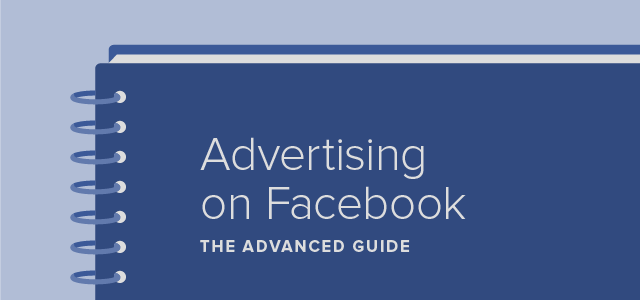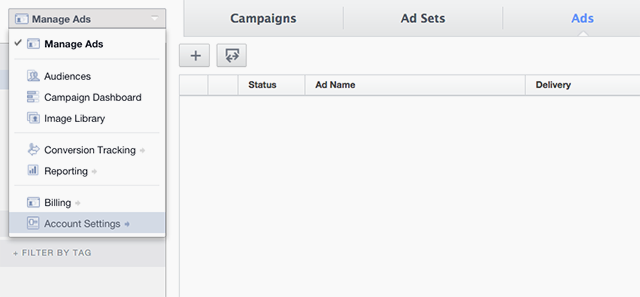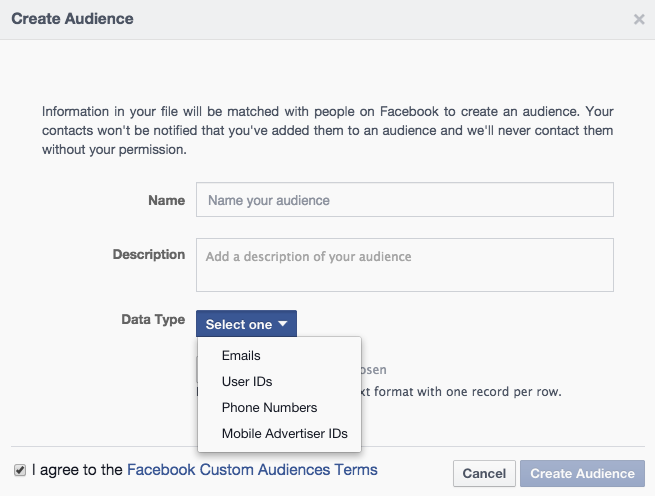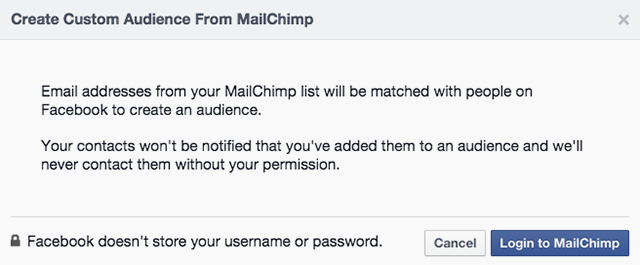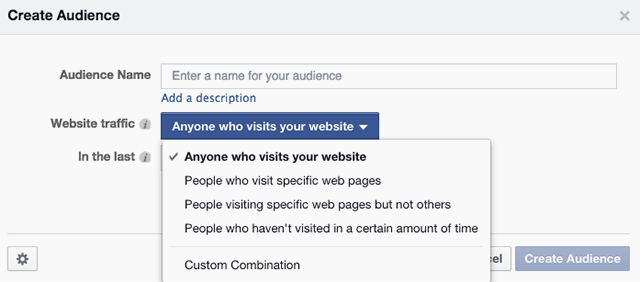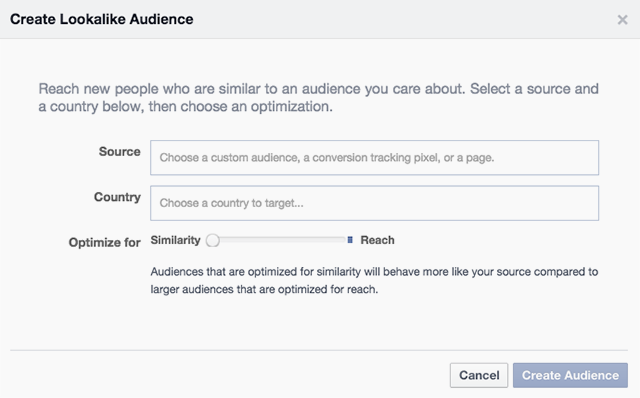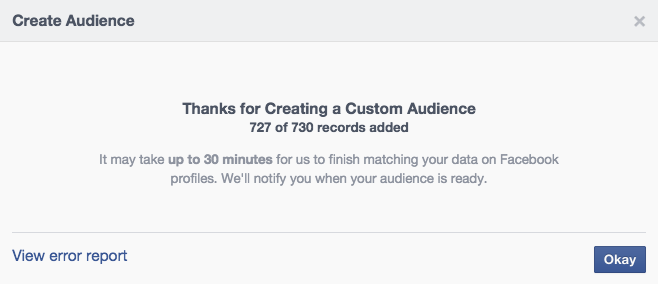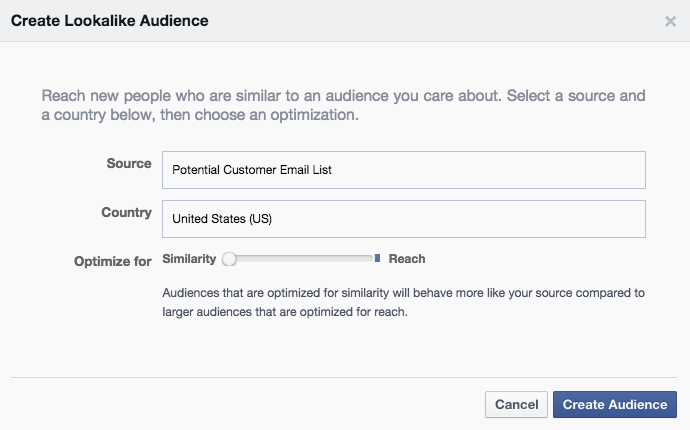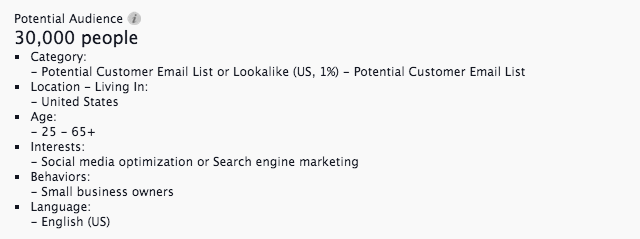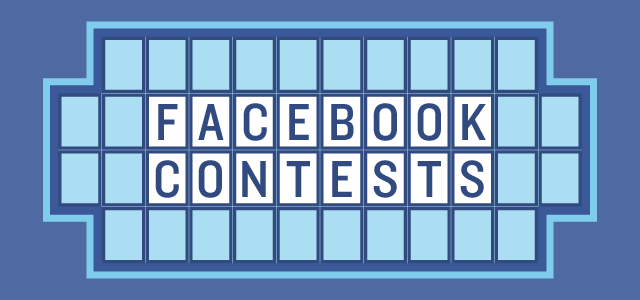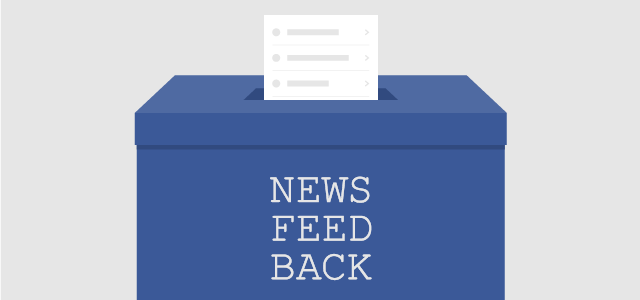Cashpiggy's aim is to revolutionize the GPT industry and to allow everybody to earn some cash in their spare time. Cashpiggy provides various opportunities to newbies as well as professionals to earn a good income through it. On cashpiggy there are various ways through which you can earn money like viewng ads, completing offers, filling up surveys, playing games, referring people etc.
How to earn money on Cashpiggy ?
As i already said there are various ways to earn money on Cashpiggy. So, lets discuss them one by one in details:1. By Viewing PTC Ads: This is the most simplest way to earn money on cashpiggy. In this way you should have to click an ad link given to you, so when you click on the ad link then you will be shown an ad for about 30 seconds and after that you will be paid for that. Generally Cashpiggy's PTC ads pay better than other PTC sites.
2. By Completing Offers: This is the major source of earning on Cashpiggy. Generally there are two kinds of offers, one that pays some money for completing them and other that pays some points on completion, which you can redeem to earn prizes for yourself. These offers are very simple and hardly takes few minutes to complete.
3. By Filling Up Surveys: Short surveys are also the great way to earn on Cashpiggy. The surveys on Cashpiggy are simple to complete. Basically these surveys ask you few simple questions based on your likes and dislikes that you have to answer to earn some money.
4. By Playing Games: Cashpiggy also offers a game called PigGrid that you can play to earn up to 10$ everyday. Basically in PigGrid they show you an image/scenery that is divided into small squares and each square contains an advertisers link. So the simple thing is that you have to click those squares to check whether you have won any prize or not. So, whenever you click on a square then you will be taken to their clients website where you have to wait for 10 seconds to find out whether you have won anything or not. Everyday you get 30 chances to try your luck and win a prize. So, in short you can say that the more you play the bigger the chances you have to become a PigGrid winner.
5. By Referring People: Cashpiggy offers a great referral program to its users that you can use to earn some extra income from Cashpiggy.
So, if you refer people to join cashpiggy then you will get 20% revenue share of your referrals earning for lifetime. So start referring people to join Cashpiggy to earn extra cash on Cashpiggy.
6. Earn Prizes By Redeeming Points: As there are two types of offers one that directly pay money and other that give points as reward on completion. So, simply redeem your points to earn prizes for yourself. There are many other ways to get points like viewing ads, daily log in or whatever indicated with points and rewards.
Sign Up And Approval:
Sign up and approval is easy, the all you need is a valid email id to register an account after that you can start earning money on this great site.Reporting System:
Reporting system is just good, not great but it shows the necessary details. One thing that i want to say is that since this website is in beta phase at the moment so they may upgrade their reporting system when they fully launch their website.Minimum Payout:
Since this site is in the beta phase so currently they have not set any minimum payout so whatever you have earned they directly send it to your adf.ly account where you can cash-out that money.Note: This website is in beta phase right now, but this is gonna be a great website because its a subsidiary of adf.ly. So, don't bother about payment options, payment frequency etc. Simply join this program if you like it because soon they will add the required payment methods, minimum payout, payment frequency etc.
Payment Frequency:
As i already said it is in beta phase so currently payment frequency is not set, however your earned income is directly added to your adf.ly account where payouts are made on demand. So, you can say that they pay on daily basis.Payment Methods:
Currently they send your earned income to your adf.ly where you get Paypal, Payza and Payoneer as payment options.Note: In Cashpiggy's FAQ section you can see that they will add the Paypal, Payza and other payment options soon when they fully launched their website. For now the sign up is invitation only (Invitation Link).
Conclusion:
This website is looking good and have high trust ratings because it is a subsidiary of Adf.ly. Overall you can join this site without hesitation and don't bother about its design and other facilities because when it is fully launched then you will get all the necessary facilities.Cashpig.gy Details At A Glance:
| Website Type: | GPT (Get Paid To) |
| Countries Accepted: | ALL |
| Requirements: | N/A |
| Payment Methods: | PayPal, Payza |
| Minimum Payment Threshold: | $ |
| Payment Frequency: | - |
| Payment Proof: | Coming Soon |
| Referral Program: | Yes |
| Statistics Updated: | Instantly |
| Website URL: | http://www.cashpig.gy/ |




